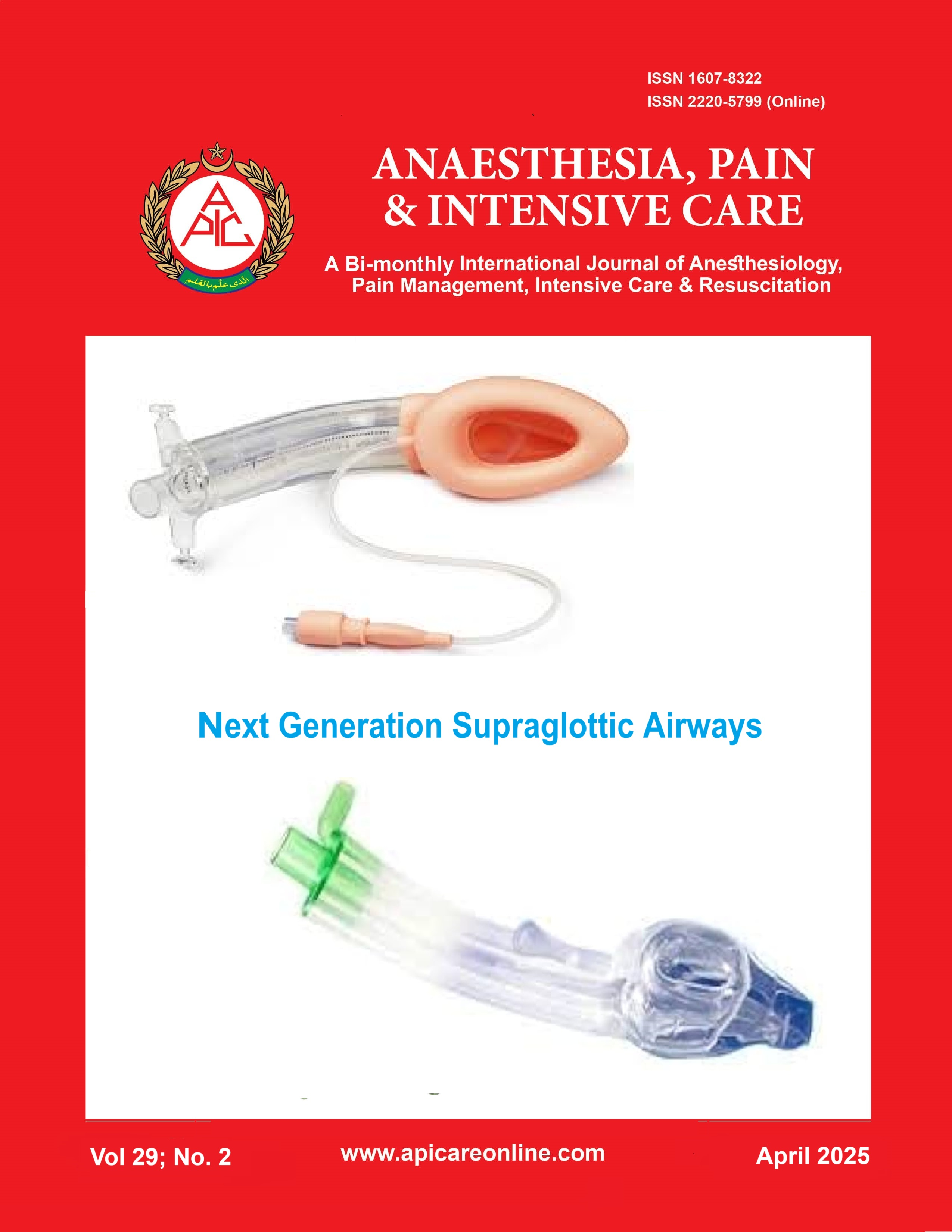Low dose hyperbaric bupivacaine 0.5% in transurethral resection of the prostate with three different doses of intrathecal dexmedetomidine: a randomized double-blind trial
Abstract
Objectives: The objective of this research endeavor was to assess the efficacy of three distinct intrathecal concentrations of dexmedetomidine (ITD) in conjunction with 0.5% hyperbaric bupivacaine in TURP.
Methods: This study employed a randomized, double-blind design, ninety patients who were admitted for TURP participated. Six (Group A), eight (Group B), or ten (Group C) patients were administered µg ITD diluted in a solution consisting of 0.5 mL saline 0.9%- and 1.5-mL hyperbaric bupivacaine 0.5%.
Results: An absence of statistically significant variation was noted at the outset latencies of sensory block and motor block between groups A and B. Nevertheless, when comparing Group C to groups A and B, the onset latency was diminished considerably (P < 0.05). Significantly prolonged was the duration of first rescue analgesia in groups C and B than in Group A, and in Group C than in Group B (P < 0.05). Significantly reduced postoperative total morphine consumption and NRS scores at 6h, 8h, and 12h were observed in groups C and B, respectively, compared to Group A and Group B (P < 0.05).
Conclusions: When combined with hyperbaric bupivacaine, 10 µg of ITD significantly prolongs analgesia duration, sensory block, and motor blockade in TURP. This prolongation is accompanied by a reduction in the necessity for postoperative analgesics, and the incidence of adverse effects is not significantly different from lower dosages.
Keywords: Transurethral Resection of the Prostate; Dexmedetomidine; Hyperbaric Bupivacaine; Dose
Citation: Mohamed RM, Fathy SM, Anwar AG. Low dose hyperbaric bupivacaine 0.5% in transurethral resection of the prostate with three different doses of intrathecal dexmedetomidine: a randomized double-blind trial. Anaesth. pain intensive care 2025;29(2):217-225. DOI: 10.35975/apic.v29i2.2707
Received: May 22, 2024; Reviewed: January 26, 2025; Accepted: February 15, 2025














